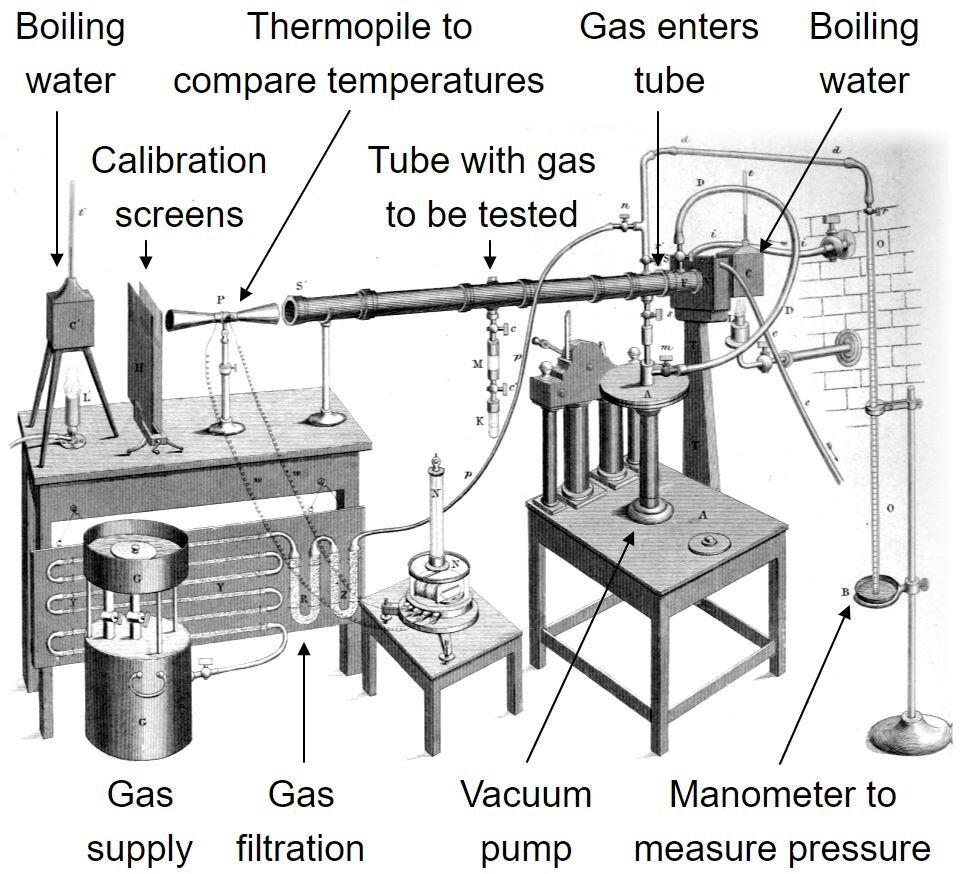Industrial Emissions
In this post from NET-ZERO:
How does industry contribute to global warming? The quantity of greenhouse gases released during the industrial production of the stuff we all consume.
What are embedded emissions? Estimating the quantity of carbon dioxide and other greenhouse gases in each of the goods and services we buy.
What is the difference between production and consumption emissions? The impact of the things we make versus the things we use, and why this flatters developed countries’ emissions estimates.
Industrial Emissions Today
Industry accounts for 33 trillion kWh of final energy consumption per year which represents 30% of global energy use. The associated CO2e emissions are 16 billion tonnes or 32% of total emissions.
The burning of fossil fuels used to power industrial processes releases 11 billion tonnes of CO2e and the remaining 5 billion tonnes of CO2e are released directly from the chemical reactions used in the production of cement & ammonia, the decomposition of chemical feedstock, methane leaks, and nitrous oxide emissions from the production of acid.
Industrial Energy Supply Mix
Coal (30%), natural gas (20%), and electricity (27%) are the main components of supply into industrial processes with oil (11%), waste heat from electricity generation (5%), and solid biofuels (7%) making up the total 33 trillion kWh. The majority of this energy goes into various heating processes.
A further 10 trillion kWh of fuels are used as feedstock – with over 7 trillion kWh of oil turned into chemicals and plastics and 2 trillion kWh of hydrogen (from natural gas) turned into nitrogen fertiliser and used in oil refining.
Production versus Consumption
Today, the world consumes 60 billion tonnes of industrial output every year which is an average of 7.5 tonnes of stuff per person. This includes all the raw materials used in construction, car production, machinery, electronic goods, white goods, clothing, paper and packaging, furniture, and general consumer items. (This number excludes fossil fuels or food consumed, which if included would double the tonnage again.)
Most governments measure domestic material consumption to gauge tonnage use by the population – this number includes the production and importation of all raw materials minus the exports. However, the domestic material consumption doesn’t include materials used in finished goods and so artificially lowers consumption figures for developed economies which import much of their bulk goods from developing countries like China. This is the same accounting quirk which flatters the quantity of CO2 emitted from developed countries.
The idea that all goods and services have an associated energy-cost or carbon-cost of production is called embodied energy or embodied carbon – the key to understanding the true carbon footprint of consumption.
To compare the amount of material consumed in different parts of the world, it is best to adjust for the flow of material bound up in both raw materials and finished goods. In their paper, ‘The Material Footprint of Nations’, Thomas Wiedmann and his colleagues calculated just this.
They showed that the US and UK consume 13-14 tonnes of industrial output per person every year. China consumes 9 tonnes and India is as low as 1.5 tonnes per person. There is a sizeable gap between developed and developing economies which is often partially obscured by accounting definitions.
Energy Consumption and Carbon Emissions by Material
Total tonnage consumption numbers can also be misleading because different raw materials and products require a significantly different amount of production energy (embodied energy).
Building aggregates like sand, crushed rock, and gravel account for 50 of the total 60 billion tonnes of global industrial output each year and yet consume only 2% of all industrial energy use. Why? Well mining or quarrying is an efficient process - every tonne of aggregate consumes as little as 16 kWh of energy and emits just 6 kg of CO2.
Metals (22%), chemicals and plastics (17%), and cement (14%) are by far the largest industrial energy users because these processes require large amounts of heat and pressure to drive the reactions.
Metals and chemicals contain around 4,000 kWh embodied energy per tonne with 1.5 tonnes of CO2 emissions for every tonne of product.
Cement uses 1,000 kWh energy per tonne and releases even more CO2 directly (when calcium carbonate turns to calcium oxide) with a total of 1 tonne CO2 for every tonne of cement.
Wood is the only industrial raw material with negative CO2 emissions; every tonne of wood bound up in a permanent use such as construction will sequester 1.5 tonnes of CO2.
Paper (6%), textiles (2%), wood products (1%), and nitrogen fertiliser (1%) round up the remaining raw materials which are used to produce the vast array of products in the modern world.
The remaining 35% of industrial energy use is spent turning these raw materials into finished goods. Excluding aggregates (which require little further processing) there are an annual 10 billion tonnes of raw materials which are machined, moulded, bent, chiselled, or printed into product. Processing takes an average of 1,000 kWh of energy per tonne and emits 1.5 tonnes of CO2.
Industry Tomorrow – Planning for a ‘Peak Stuff’ Future
In a peak stuff world, all 10 billion people on the planet may consume a developed market quantity of consumer goods and associated infrastructure - an average 12 tonnes of stuff per person per year up from 7.5 tonnes today. Under the current industrial system that nearly doubles annual energy consumption to 60 trillion kWh and CO2e emissions to 26 billion tonnes per year.
Re-engineering our industrial system for peak stuff and zero carbon will require greater electrification of heating processes, carbon capture for direct emissions, greener chemistry, and a circular economy. We explore some of the options in Net-Zero Industry.




































